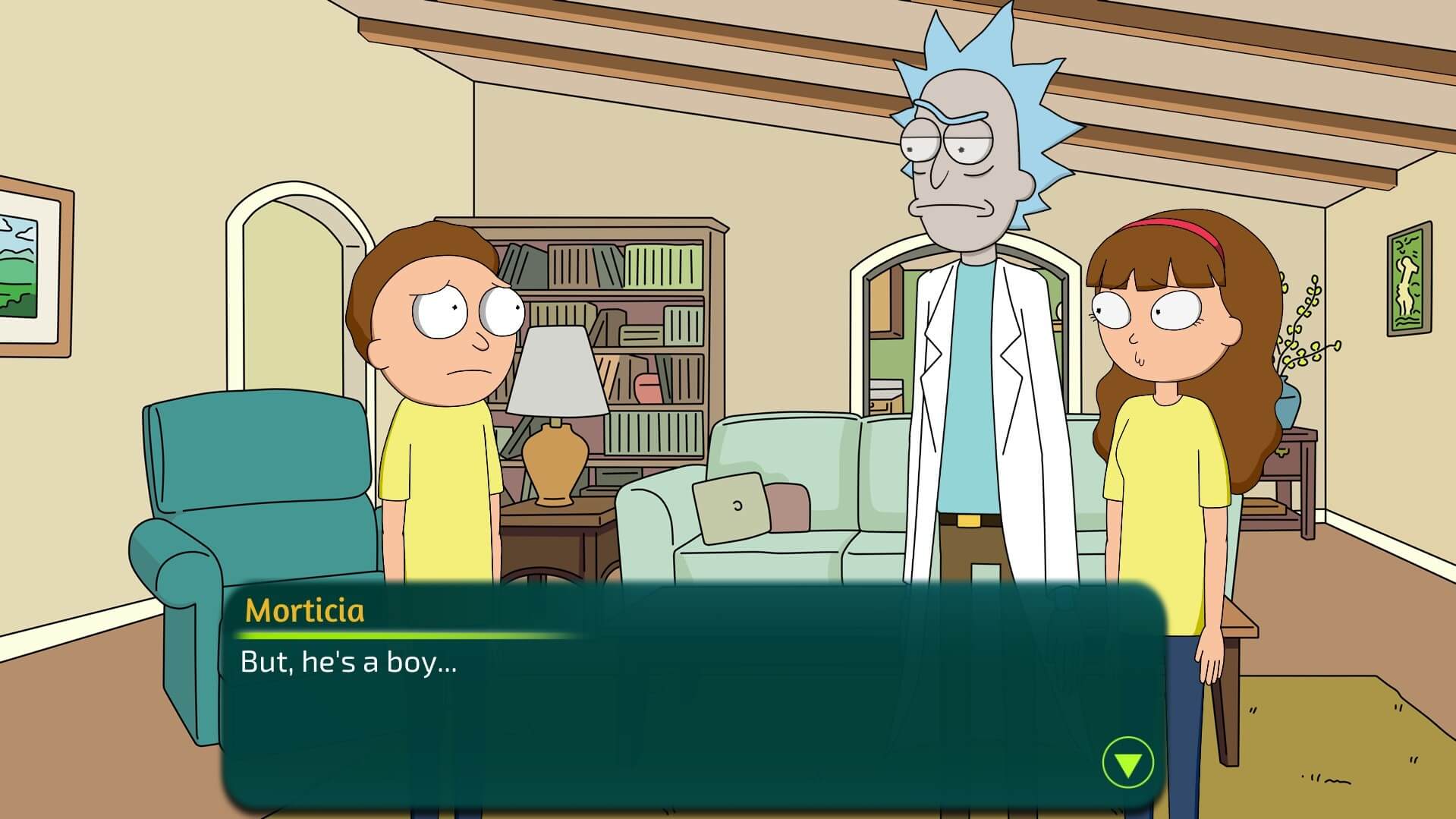
catalog package contains the code for the Catalog screen. It has standard playback controls for Play / Pause, Fast Forward / Rewind and Skip to the beginning and end of the video.Ĭode in the project is organized in the following way: Video Playback screen implemented in VideoPlaybackFragment. It also shows recommended videos the user can navigate to. Video Details screen shown after the user picks a video implemented in VideoDetailsFragment. Catalog screen for picking a video implemented in CatalogFragment. The following graph shows all the screens in the Netderlix app: Find instructions on how to update SDK tools in the official documentation.įirst, get familiar with the code. Note: To build apps for TV, you need to have SDK tools version 24 or higher. You see the main (video catalog) screen that you’ll fill with videos from YouTube channel. For now, it’s fine to run the app this way because you’ll set up a TV emulator shortly. Then, build and run the project on a phone or existing phone emulator. Open the project in Android Studio 4.1 or later by selecting Open an Existing Project on the Android Studio welcome screen or by selecting File ▸ Open if you have another project open already. To get started, download the Netderlix project using the Download Materials button at the top or bottom of this tutorial. 
For example, you have to declare a TV Activity - more on that later. Your app has to fill some criteria to be available from Play Store on Android TV. There are some caveats and requirements, though.

TV apps have the same code structure as those for phones and tablets. If you know how to build layouts for Android Phones or Tablets, you’ll find building TV layouts pretty easy. If you’re completely new to Android development, read through our Beginning Android Development tutorials to familiarize yourself with the basics.Īndroid TV contains the Android system. If you’re new to Kotlin, check out our Kotlin introduction tutorial.


Note: This tutorial assumes you know the basics of Android development with Kotlin.








 0 kommentar(er)
0 kommentar(er)
